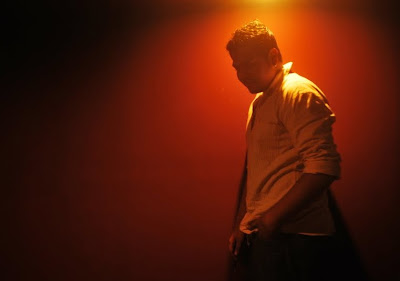
Most animation Schools and institutes are places where they teach how to click buttons in software’s. It has been long since people are being cheated without even knowing it. Wake up guys!! Stop from being fooled.
Forget words like "diploma", "degree", "PG", "Engineering in animation", "animation specialist professional". Animation Studios just don't give a damn to what papers called "course certificate" you have. It’s only your work that’s going to get your foot inside the doors of a big studio. Demo-reel is one of the most important things a student of should focus on. Find out what makes a demo-reel different than others.
Don’t get caught up into institutions promising to make you into animators by learning software! Don’t get carried away by people telling you learning software is animation. They'll mostly teach you modeling, rigging n Not the Real art of animation. SOFTWARE IS JUST A TOOL just as Pencil is a tool. You have a pencil in your hands since you were a child. But not everyone who can hold or scribble with a pencil is an animator. In the very same way, not everyone who can use Maya or flash or 3ds Max is an animator. Get into Animation only if you are really Passionate about it!
Watch a lot of animated movies! Understand the motion, dynamics, and acting. Also watch all types of movies, don't restrict yourself to animated ones. Get these books "The animator's Survival Kit - Richard Williams" and "The Illusion of Life: Disney Animation". Study those books, Read them, don’t just flip through looking at beautiful pictures, Don’t copy from those books. Get a pencil and start sketching.. go out.. a nearby park, a Cafe and observe people and their movements, behavior.
Search the internet for articles.
Watch a lot of movies - live action as well as animated. Watch movies more meaningful than staple Bollywood masala flicks. If you want to learn software to complement your animation skills, you can just buy tutorial DVDs from the internet and learn from it. In the end it turns out a lot cheaper, BUT remember, this is only for understanding the software which is just a pencil and paper for an animator.
If you really want to study animation and not remain jobless or work in some dingy institute, don’t put importance on the software. S/W is totally secondary.
Now is the time!!
The Internet is here at your finger-tips, make use of it.
Go to YouTube, search for demo reels of animators.
Check out blogs of animators.
So if you seriously want to learn the subject of animation go find out some nice schools where they will be concentrating more on the subject rather than giving importance to software .If you are good at subject like how things move around, on what properties and principles they act , you can do the task no matter which software/pencil you are using.
There are few art schools where you will be trained under mentors who got lot of production experience, who love what they are doing and still striving hard to master this art of animation. There are few schools in India providing proper animation training. Get there curriculum, speak with the existing students and check out their demo reels and then Join
Good Luck Guys
Regards
Raghu Varma P
email: raghu@clusters.in






